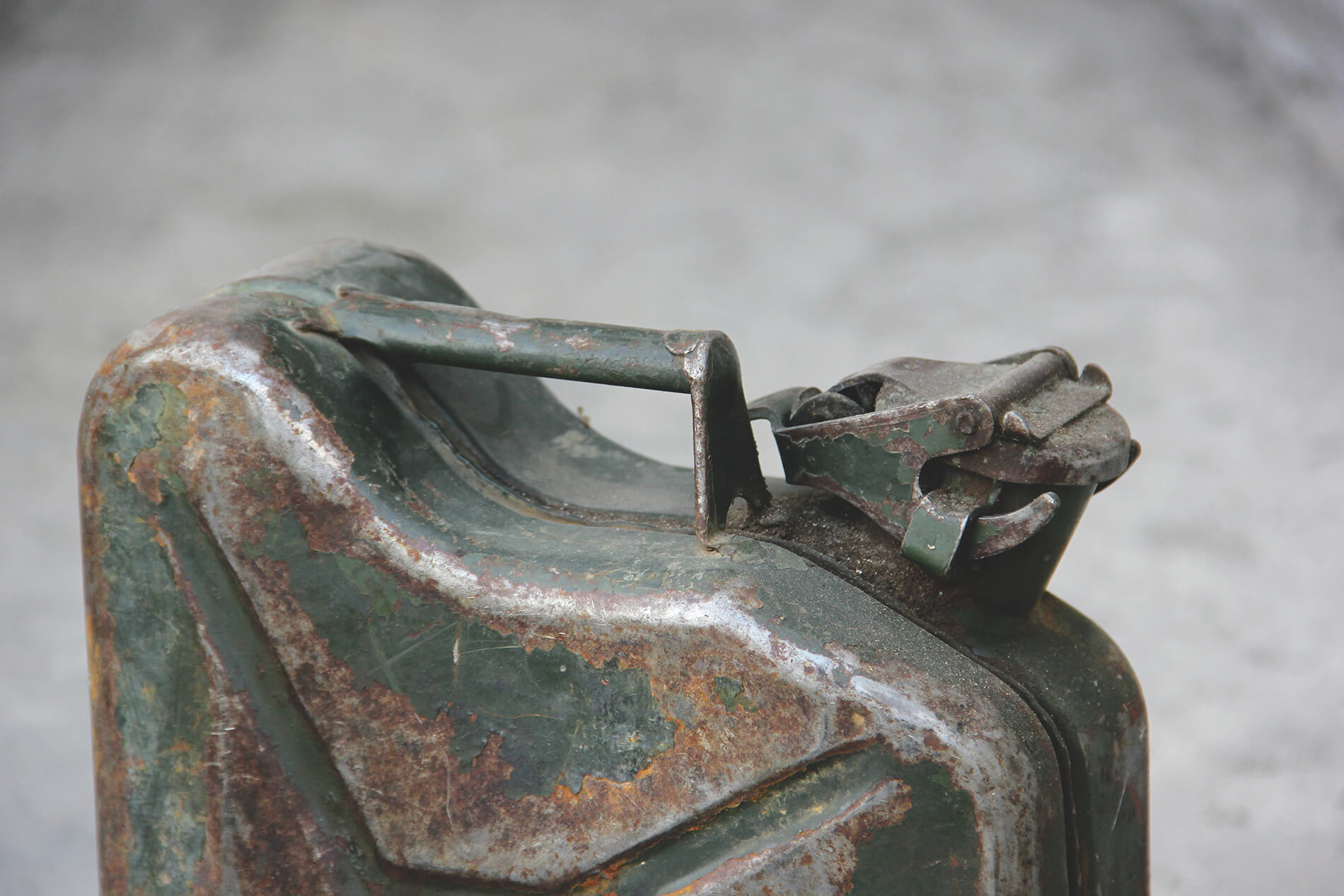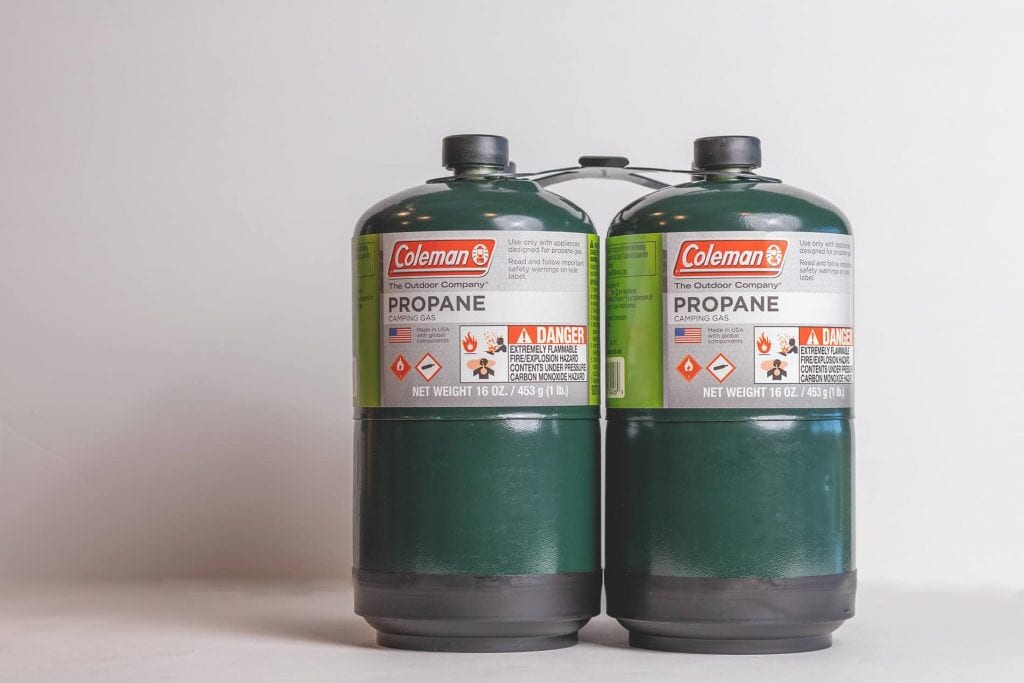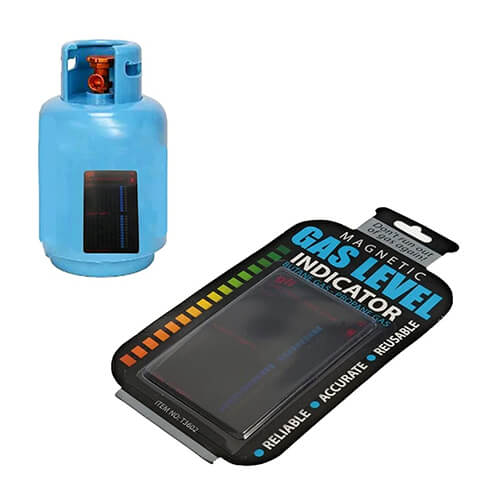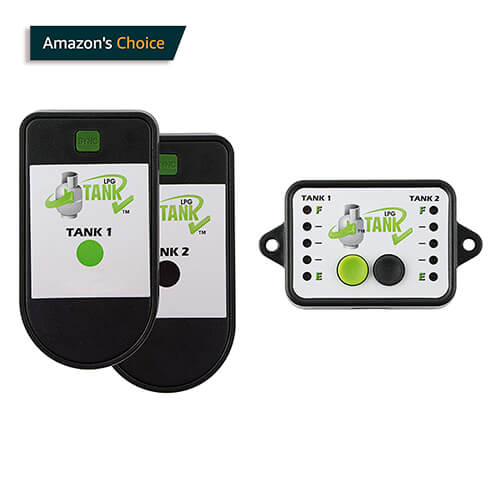Everyone loves a good Coleman fuel canister. They are so easy to use. However, disposing Coleman Fuel Canisters can be more complicated than most people realize. Some people doubt that the canisters can be recycled in the first place. But it is more than possible if you apply caution.
Why Coleman fuel canisters?
Simply put, they are convenient. Anyone that has ever gone backpacking or camping will tell you that there is nothing easier than unpacking your Coleman propane tanks, attaching a stove, boiling water, or cooking your meal.
Some of them are quite heavy. Others are expensive. Most importantly, disposal can become a nightmare. But their benefits are worth these challenges and more.
Why is the disposal of Coleman propane cylinders so complicated?
Like most fuel canisters, Coleman Fuel canisters are a hazard. You cannot refill them because federal DOT regulations prohibit the transportation of canisters that have been refilled.
In many places, you are discouraged from leaving them out with the rest of your recyclables. In some locations, you can toss them in the garbage. But that sort of leniency doesn’t exist everywhere.
For the most part, leaving a fuel canister in a recycling container in your area is dangerous. When the canister is being crushed, the process could produce a spark. That spark could cause an explosion or start a fire, endangering you or anyone in the vicinity.

What are some common solutions?
If you don’t want to dispose of the fuel canisters yourself, you have a few options that you can try; though, their efficacy will depend on where you live:
- In some places, you can leave your canisters at the local recycling center.
- Some places have special hazardous waste programs designed to collect, transport, and manage the disposal of dangerous items such as pressurized fuel canisters. Sometimes, these programs are free. Sometimes, they are associated with a small fee. But many people are willing to pay this fee if it means ridding themselves of a Coleman Fuel Canister.
- Some areas have gas bottle exchange programs that will resolve this situation for you. Their primary objective is to safely recycle old gas bottles they have accepted from the public. They will remove all traces of gas from the canister. They will also remove the valves before puncturing the canister to show recycling workers that it does not pose any danger.
- Some propane tank dealers are more than happy to receive old canisters from customers. It would save you a lot of trouble if you could find a propane cylinders dealer willing to accept all your old cartridges.
Safe ways to dispose of Coleman fuel canisters

If you do not have the option of leaving your canister with a propane tank dealer or a recycling center, you can take steps to dispose of the canister yourself:
1. Gas
Start by removing all the gas in the canister, make sure that any remaining fuel is used from your propane tanks. You can do this by attaching a stove and burning off the remaining gas. Do this outside. Keep coleman propane canisters away from open flames or any potential ignition sources.
You don’t have to use a stove. Any critical appliance in the vicinity will do. Make sure your environment is properly ventilated. Once you open the valve, you can sit back and wait for all traces of the gas to disappear.
This will take a while. When a canister is completely empty, the pressure is shallow. As such, the remaining traces of the gas are going to burn at an incredibly slow rate.
Even after the flame has seemingly sputtered out, you have to keep the valve open.
This is the only way to ensure that the final residual vapors are burnt off as well. Some people find this process annoying, but it is the only way to protect the people that will eventually recycle the canister.
2. Puncture
This next step is much easier to execute once you make sure that the canister is indeed completely empty. You have to puncture it. Several tools can perform this task, including the ‘JetBoilCrunchIt.’
Though, you can achieve similar results with a necessary hammer and nails. If you are worried about the sparks, this method will generate, especially if you are not entirely satisfied that the canister is empty, use a rag.
Place it over the canister before you start hammering. This will reduce the chances of sparks manifesting.
The point of puncturing the canister is to eliminate any danger it might present while it is being crushed during the recycling process.
Please don’t stop at piercing it. Label it so that anyone who comes across the canister will know that it is empty and damaged.
Your puncture should be as conspicuous as possible. Otherwise, workers at the recycling center might be hesitant to approach it.
3. Research
Once your canister is empty and punctured, you can start looking for a recycling program that will take it.
While it is difficult to find a program that will take a canister that isn’t empty or punctured, programs that accept empty and punctured canisters are readily available, at least in some areas.
This is why you have to do thorough research. Some recycling centers will base their decision to accept or reject a fuel canister on the material from which it is made.
For instance, in some places, you cannot merely abandon camping stove canisters made from steel in a curbside recycling container.
Some centers won’t accept them. If you are having trouble identifying a suitable program for your empty canister, talk to your local authorities.
If you have identified the recycling companies in your area, contact them to determine whether or not their programs are suitable for your situation.
Some of them might have special days on which they collect canisters. Others might permit you to leave your canisters in curbside bins.
It should be noted that you will have a much easier time recycling lightweight butane and propane tank such as those that backpackers use.
Campers that use a heavy propane tank will have a much tougher time finding effective ways of recycling their canisters. In fact, in some places, it is merely impossible.









